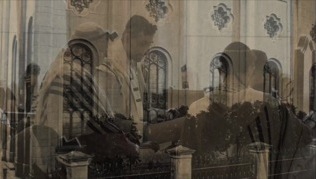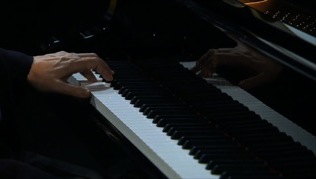 Play
Play
VIDEO:A Bohemian synagogue
As a boy, the songs and chants Mahler would have heard in the synagogue may well have influenced his predilection to use certain melancholic melodic shapes and bitter-sweet tonalities.
 Play
Play
VIDEO:MTT on the fatalistic bass line in Mahler's First Symphony
